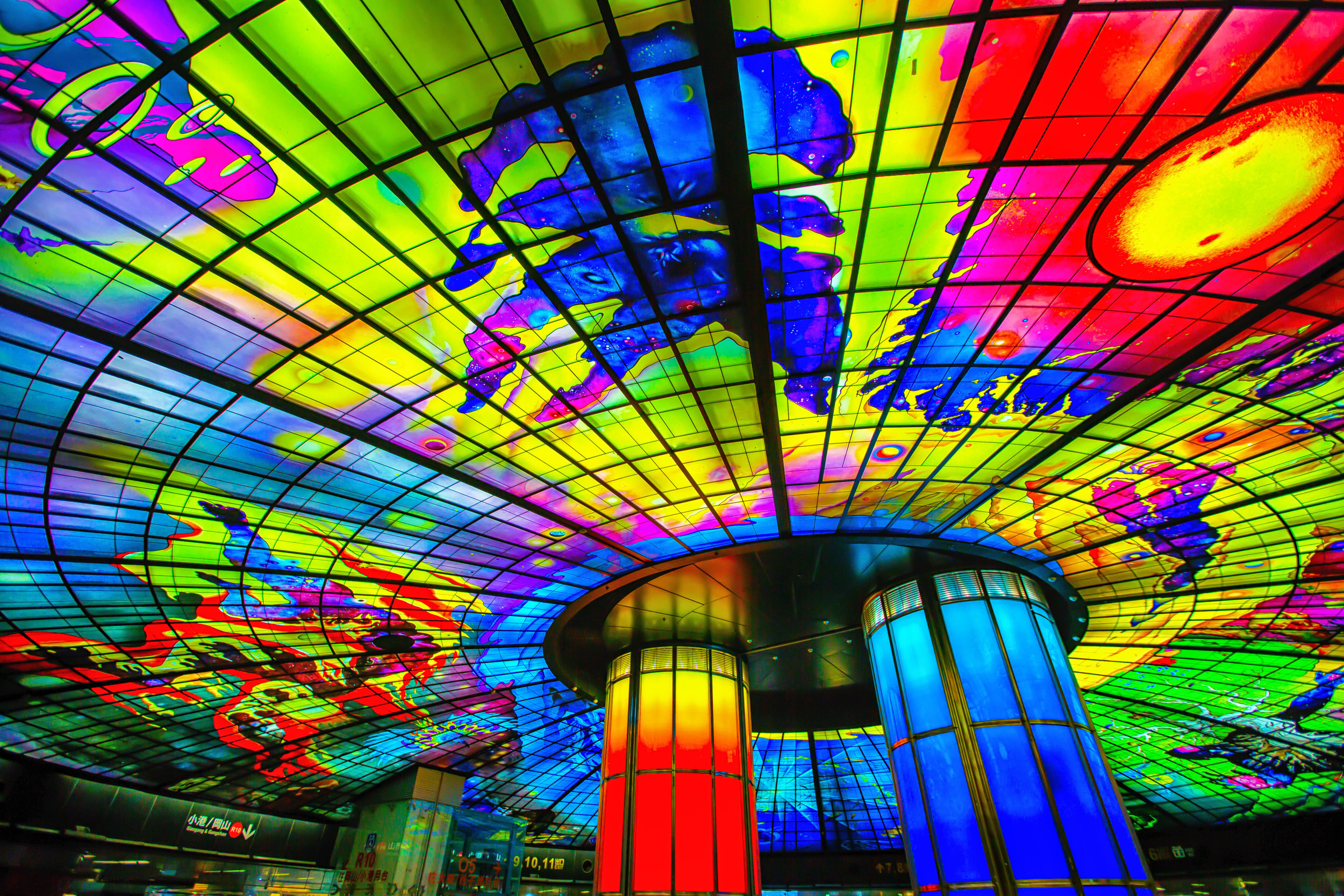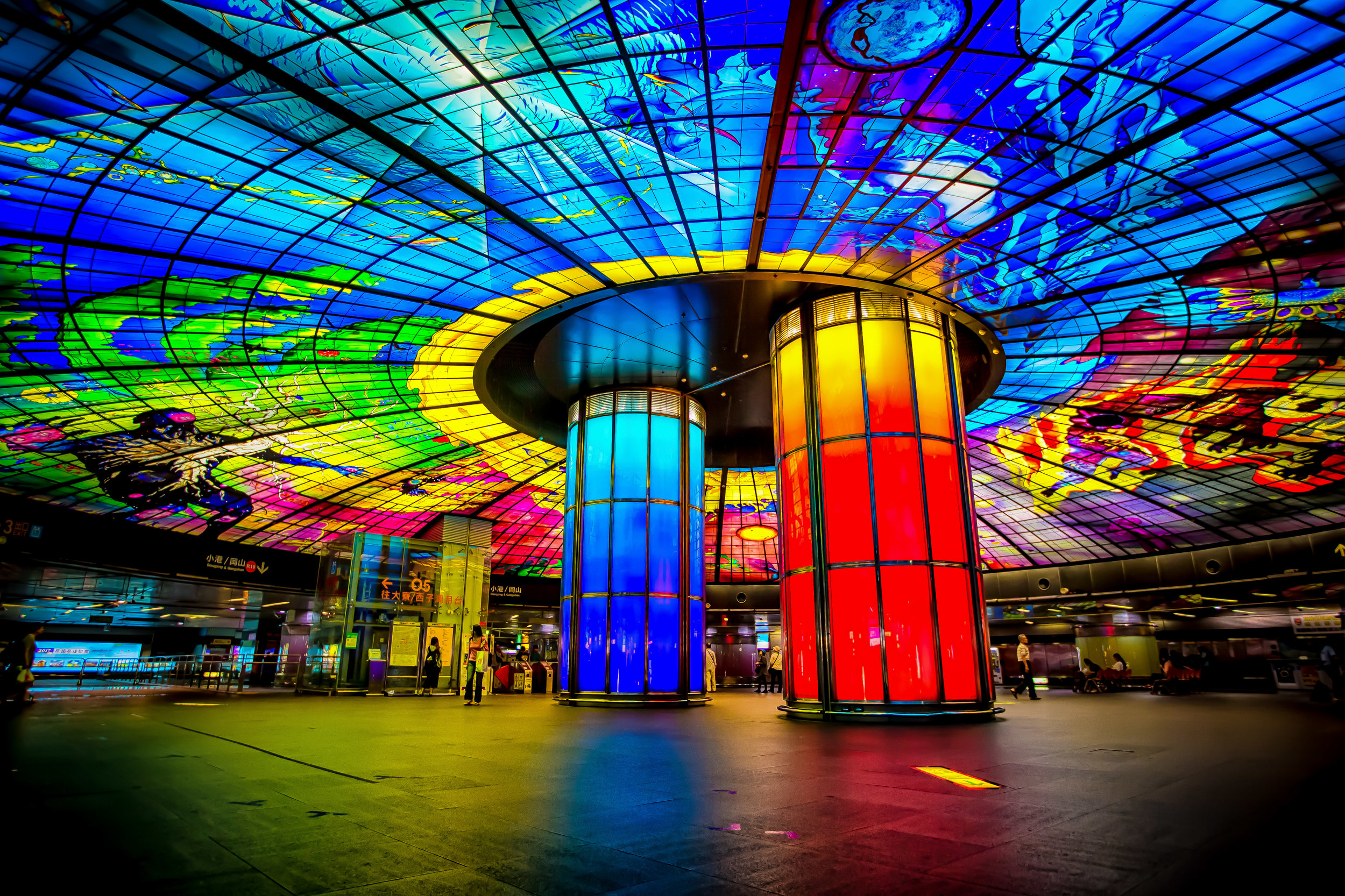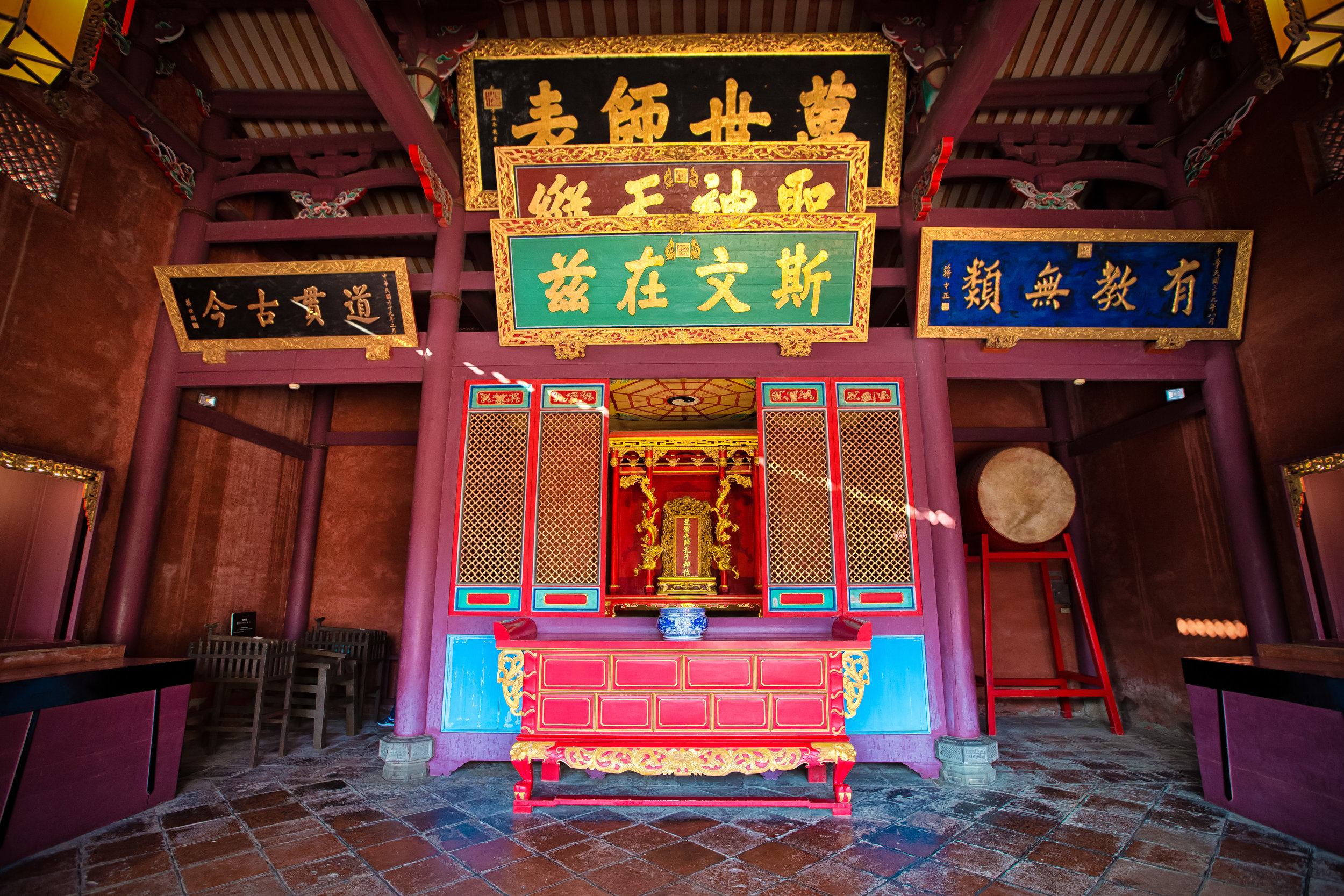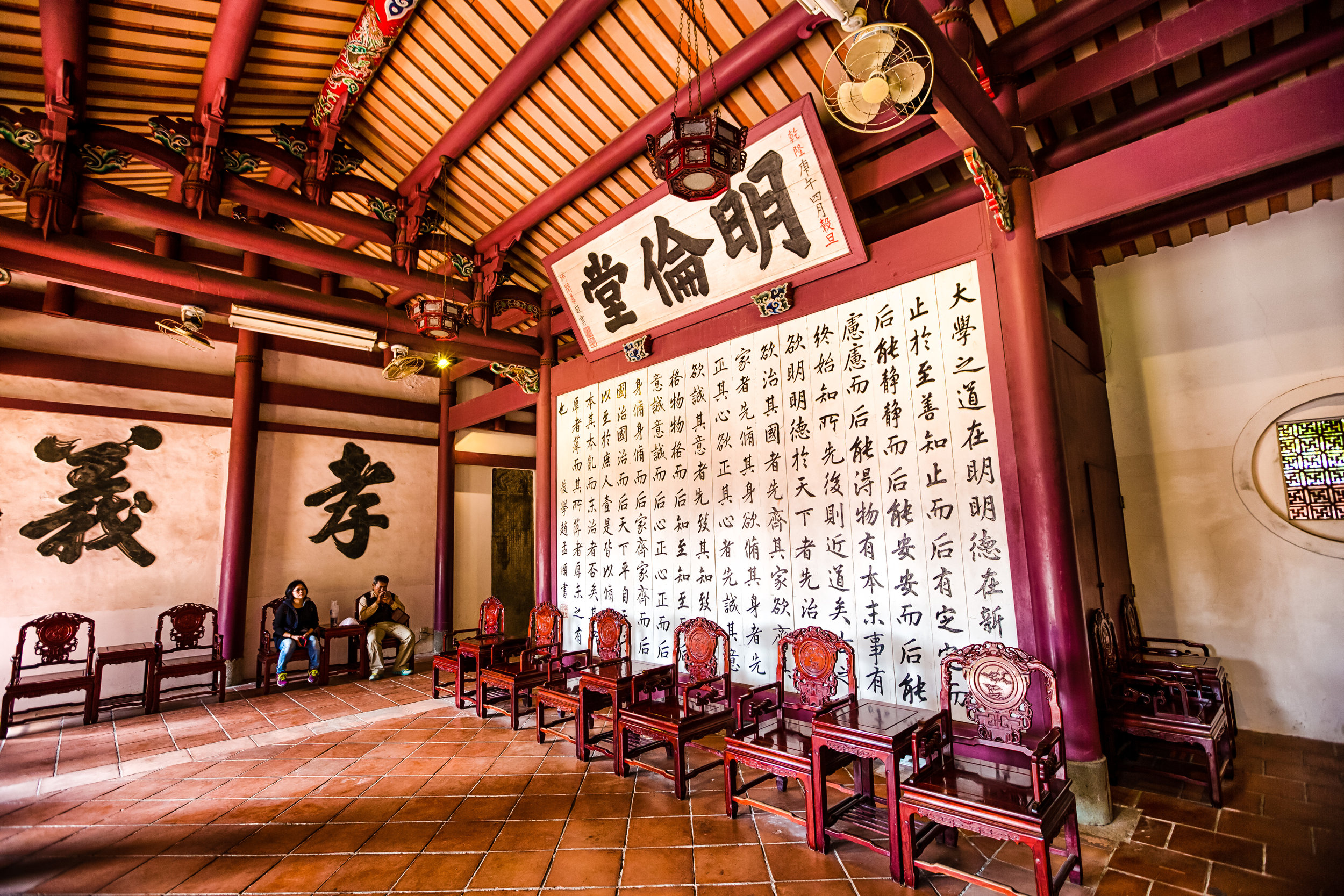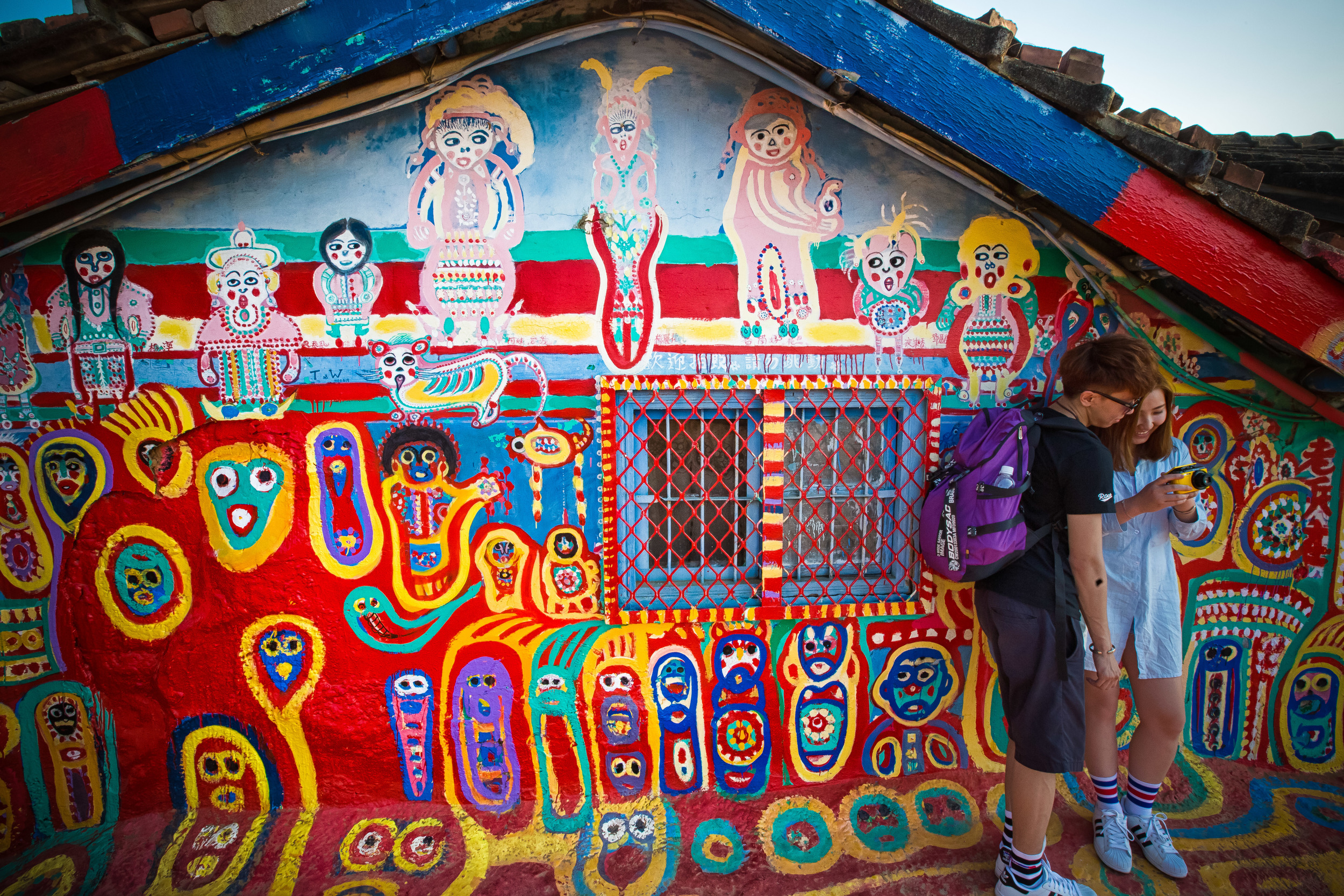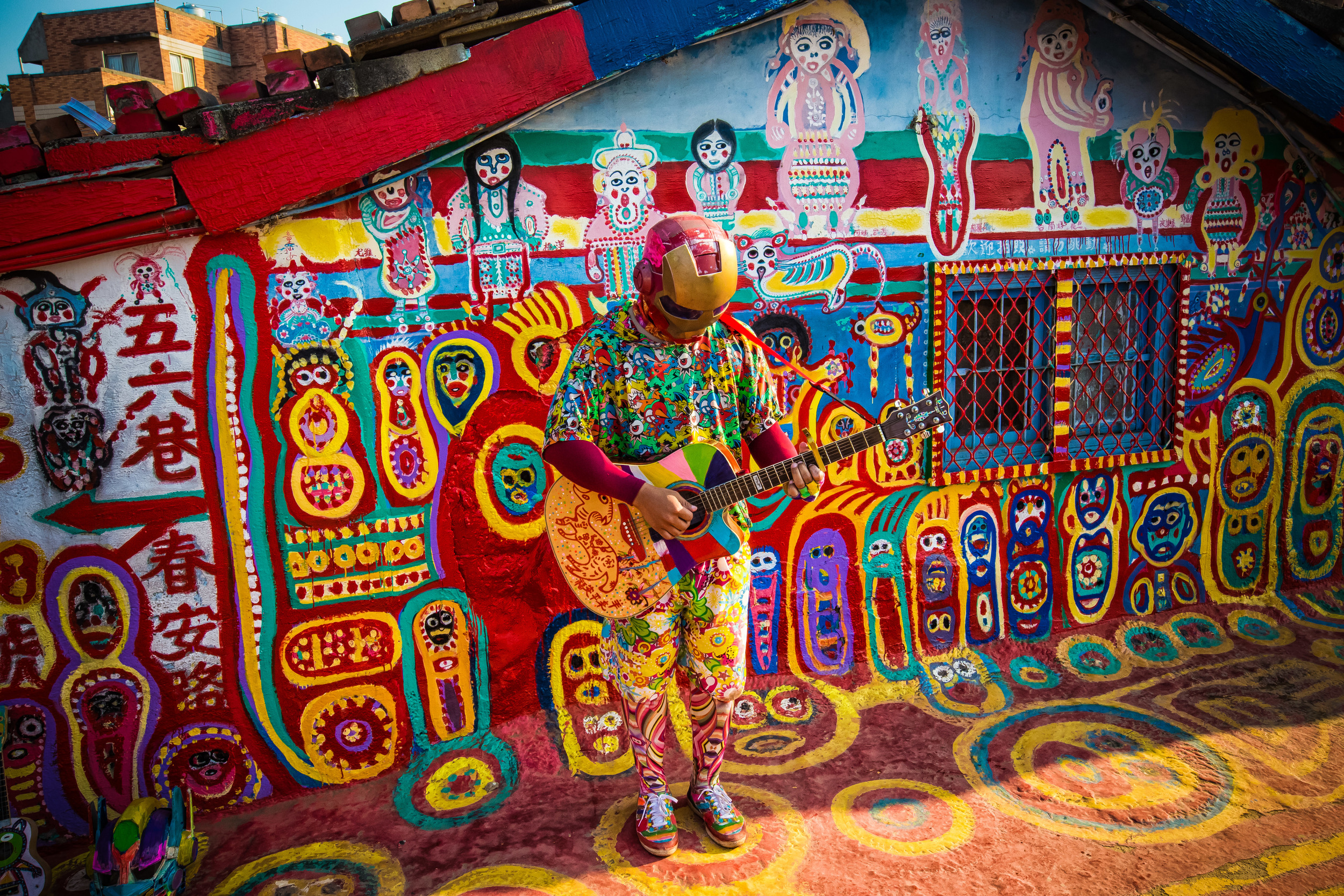When I first came to Taiwan over a decade ago one of my first trips south was to the southern city of Kaohsiung. One of my university classmates lived in the area and I spent a few weekends down there visiting whenever I had free time.
I'm not going to lie and tell you that my initial impressions of the city weren't that great. It was a mess at the time. It was 2005 and the city was going through a massive construction project that not only messed up traffic but the way the city looked and the air that I was breathing.
Kaohsiung however grew on me - As Taiwan's largest southern city, there is a lot going for this beautiful harbour town. The weather is beautiful and there are not only mountains all over the place but also beautiful beaches and of course, wild monkeys. You can't even imagine the excitement wild monkeys brings to a small town Canadian boy.
The reason for all of the construction and pollution were quite simple - Kaohsiung was in the midst of a massive public transportation project building the Kaohsiung Mass Rapid Transit System (高雄都會區大眾捷運系統). Despite the typical scandals and construction accidents that you'd expect from a major Taiwanese construction project of its kind, the subway system opened to the public during the Lunar New Year holiday of 2008 which the official opening taking place a month later.
Currently the system has over 45 stations and three lines with plans to open more in the future spreading outside of Kaohsiung City into neighbouring Kaohsiung county and Pingdong County as well as adding a Light Rail system that is set to open during the summer of this year and will circle the city on ground level.
The Kaohsiung subway system opened to quite a bit of fanfare thanks not to the public transportation convenience that it brought to the people of the city but for the beautiful design of some of its metro stations.
The Formosa Boulevard Station (美麗島車站), one of the transport system's major transit stations, in particular is one of the stations that has received worldwide attention.
The station is named after the "Formosa Incident" (美麗島件事), one of Taiwan's major pro-democracy demonstrations that occurred nearby on December 10th, 1979 and is widely regarded as one of the most important demonstrations that galvanized the Taiwanese community into political action and led to the eventual democratization of the country.
The reason for all the attention however was not in remembrance of the incident itself but for the beautiful "Dome of Light" art display which has become a common sight for the tens of thousands of people transiting through the station each day.
The "Dome of Light" was designed by Italian artist Narcissus Quagliata (known in Taiwan as "水仙大師") and is a 30 meter in diameter piece of glass art made up of over 4,500 glass panels and covers an area of 660 square meters.
Taking four years to complete, the dome is said to tell the story of human life in four different themes: Water: The Womb of Life; Earth: Prosperity and Growth; Light: The Creative Spirit; and Fire: Destruction and Rebirth, with a message of love an tolerance and is an excellent commeration to the heroes who helped usher political changes in this country that ensured civil liberties and freedom for all.
Since opening to the public, the "Dome of Light" has garnered international acclaim and was named by an American travel publication as the second most beautiful subway station in the world. The station became an instant hit with the people of Taiwan and became an instant tourist hit for the people of this country.
Even today, almost a decade after the opening of the station, you are bound to meet large crowds of people who come to enjoy the beauty of the public art display and the light shows that it puts on periodically throughout the day.
During my years of living in Taiwan, Kaohsiung has gone through tremendous changes. The city has transformed itself into a clean, beautiful place to visit with an emphasis put on art and design that is sure to make Kaohsiung an even more attractive place not only to visit, but to settle down.







